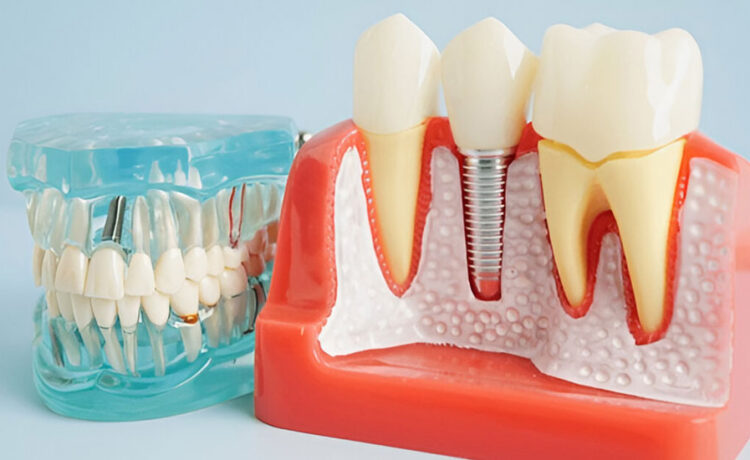People suffer teeth loss for multiple reasons, and some of the common reasons include gum disease, cavities, and failed root canals. Replacing missing teeth can restore your smile and bite, and it is wise to choose an option that’s more permanent. Beyond dentures and dental bridges, you can consider discussing dental implants with your dentist or periodontist. In this guide, we will discuss the process of getting dental implants in Pleasantville.
Components of dental implants
A dental implant is not a replacement tooth like a denture. Instead, it is the post that supports restorations. Getting back your perfect smile with dental implants involves three components. The first one is the implant, which is placed inside or over the jawbone. It is connected to an abutment, which works as the connecting element. The restoration goes over the abutment.
Types of restorations with dental implants
Your periodontist will usually offer three choices – crowns, bridges, and dentures. An implant-supported crown is used to replace a single missing tooth. An implant-supported bridge is similar to a traditional one, replacing multiple missing teeth in a row. However, with implant-based bridges, there is no need to buff or prepare the healthy adjacent teeth, as the crowns are fixed to the abutments over the implant posts. There are also implant-supported dentures that can replace many teeth. Dentists now offer the choice of replacing all missing teeth on a single arch using four dental implants. That’s called all-on-4.
Pretreatments before dental implants
If your dentist finds that you have lost significant bone mass after losing natural teeth, they may recommend a bone graft. The grafting material can be harvested from your body, or the dentist may use synthetic grafting materials. Bone grafting is not required for every patient, but it is one of the common pretreatments before dental implants.
Understanding dental implant surgery
Your dentist will place dental implants under local anesthesia, and in some cases, even sedation is suggested to keep a patient relaxed. Once the anesthesia takes effect, the dentist/periodontist cuts open the gums to access the jawbone. After this, they drill the implant posts into the jawbone, or in some cases, the posts may be placed over the jawbone. The osseointegration process begins soon after the surgery, and it can take many months for the site to heal and secure the implant posts. You must return for a small surgery later to fix the abutments.
Reasons to consider implant-supported restorations
Firstly, dental implants are durable and have a high success rate. In fact, no one can tell that you have implants except for your dentist. Implant-supported restorations also feel better. If you get dentures, the replacement teeth will not move, which offers more comfort and confidence while eating and talking. Implant-supported bridges are equally good, as there is no need to work on remaining natural teeth.
Are dental implants expensive?
Many patients shy away from dental implants because of the price. Yes, the cost of implant surgery can be high, but if you can manage the upfront expense, the benefits are real. Also, implants can help prevent bone loss or sagging of your face, especially when you lose all or most of your teeth.
Takeaway
Make sure to find a reliable dental clinic in Pleasantville for your implant surgery. When you meet the periodontist, ask relevant questions, check before-and-after pictures, and understand the expected results. The periodontist will have to do an oral exam, take imaging tests, and order diagnostic tests to determine whether you are a good candidate for dental implants. They will also discuss the risks, if any, and how you can care for your replacement teeth.

